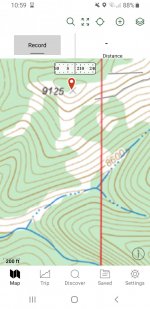Mikido
WKR
- Joined
- Dec 14, 2020
- Messages
- 831
For a multi day backpacking September Colorado trip , is a 32oz nalgene + 2L bladder sufficient? Can I expect to reasonably find water along the way into the mountains, or is it something I have to make a concerted effort to find? Appreciate the input.

